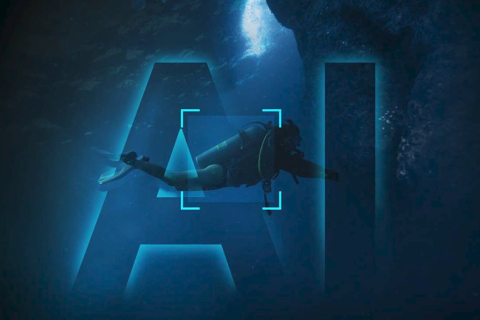Accounting systems build on the concept of the balance sheet: the principle that any organization’s assets and liabilities always counterbalance. Every asset—say, $100 million in available cash drawn down from a credit line—also represents a liability—the lender wants that $100 million repaid.
The difference between assets and liabilities creates, hopefully, equity for the business and its owners.
So, define an “asset.” Identifying the tangible type comes easily, inventoried in our line of business as gathering systems, compressors, meter stations, gas plants, pickups the field crew drives, etc. Intangible assets can be just as valuable but since they may not be some sort of visible “thing,” they are harder to measure. Business schools teach aspiring accountants that intangible assets include such things as patents, franchises, trademarks and goodwill from acquisitions.
But is that all? Consider: Some years ago a marine terminal and its adjoining refinery maintained an active community relations program focused on local environmental issues. That meant lots of close work with environmentalist groups and some firstname relationships emerged over time. One dark and stormy night it happened—a hose split and hundreds of barrels of crude oil went in the sea.
Several environmentalists howled but the vice president handling community relations made a few calls to now-established environmentalist friends: It’s us, you know us, you know we’ll do the right thing.
End of problem. There were no lawsuits, sit-ins or embarrassing media coverage. Rather, the opportunity emerged to demonstrate that the firm really was a good citizen.
Was that community relations program an asset? Certainly, but quantifying its value would be difficult, although it may have saved millions in lawyers’ fees and settlements.
In that vein, perhaps the greatest intangible asset most organizations possess is employee expertise and loyalty. Human Resources takes time to carefully choose and hire the most qualified applicants, managers train staff members for years and promising managers serve in multiple roles to increase their value.
What’s it all worth? A lot, but because this asset is so amorphous, so intangible, the value can be overlooked when times turn tough.
The oil and gas business cut payrolls sharply during downturns in the past three decades, perhaps too sharply. A big chunk of a collective, intangible asset was lost. A former Midstream Business staffer related a conversation with a cab driver during a ride out to Denver’s airport following a Hart Energy conference. The cabbie volunteered he was an engineer by training, 20 years’ experience in the energy business, who had been “let go” in the last bust. Despite the booming Niobrara, literally within sight of aircraft coming in and out of Denver International Airport, he preferred to drive a taxi, thank you. There are no layoffs, it’s steady work.
Besides losing experienced hands like our friend in that cab, the industry’s reputation for yo-yo employment trends may have made it that much harder to attract students seeking well-paying, stable careers during the recent boom.
This issue’s cover story reviews recent merger and acquisition trends in the midstream, consolidations that nearly always result in redundant assets. Successfully combining two or more firms requires careful analysis of what to keep and what to let go. Some of the most vital assets an organization holds may not be made of concrete or steel.
Wise management can assure all of the retained assets will be in place to create new equity when this slowdown ends—and it will happen. Will we be ready?
Paul Hart can be reached at pdhart@hartenergy.com or 713-260-6427.
Recommended Reading
TGS, SLB to Conduct Engagement Phase 5 in GoM
2024-02-05 - TGS and SLB’s seventh program within the joint venture involves the acquisition of 157 Outer Continental Shelf blocks.
2023-2025 Subsea Tieback Round-Up
2024-02-06 - Here's a look at subsea tieback projects across the globe. The first in a two-part series, this report highlights some of the subsea tiebacks scheduled to be online by 2025.
StimStixx, Hunting Titan Partner on Well Perforation, Acidizing
2024-02-07 - The strategic partnership between StimStixx Technologies and Hunting Titan will increase well treatments and reduce costs, the companies said.
Tech Trends: QYSEA’s Artificially Intelligent Underwater Additions
2024-02-13 - Using their AI underwater image filtering algorithm, the QYSEA AI Diver Tracking allows the FIFISH ROV to identify a diver's movements and conducts real-time automatic analysis.
Subsea Tieback Round-Up, 2026 and Beyond
2024-02-13 - The second in a two-part series, this report on subsea tiebacks looks at some of the projects around the world scheduled to come online in 2026 or later.





